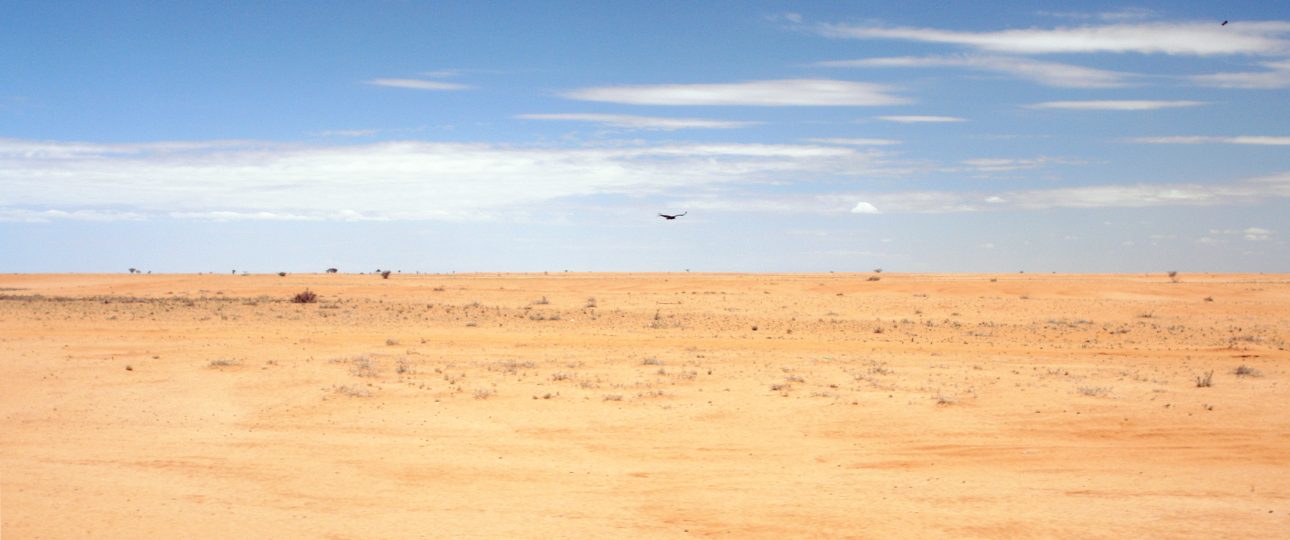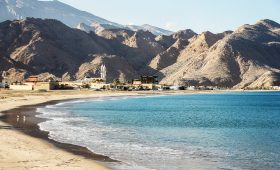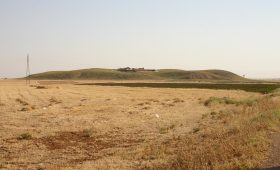Exploring the Chalbi Desert, Kenya
Unique Features
The Chalbi Desert, located between Mount Marsabit and Lake Turkana in northern Kenya, is a fascinating landscape of contrasts. This area, once a shallow lake around 10,000 years ago, now stretches over 100,000 square kilometers. It features an ancient lake-bed, rocky surfaces, and lava regions. The desert’s name, “Chalbi,” means “bare, salty area” in the language of the Gabbra people, reflecting its unique terrain.
Golden Sand Dunes and Salt Pans
While the Chalbi Desert may not have the towering sand dunes of the Sahara, its landscape is no less captivating. The desert’s golden sand dunes and expansive salt pans create a surreal environment. The salt pans, in particular, are a striking feature, shimmering under the sun and stretching as far as the eye can see. Walking on these salt flats feels like stepping into another world.
Flora and Fauna
Despite its harsh conditions, the Chalbi Desert supports a surprising variety of life. The high salinity limits plant growth, but species like Salvadora persica and Acacia tortilis can be found near water sources. The desert is home to herbivores such as oryx, Somali ostrich, and reticulated giraffe. Predators like African lions also roam the area. The preserved fossils in the region provide valuable insights into the Quaternary climate of East Africa.
Best Time to Visit
Visiting the Chalbi Desert requires careful planning due to its extreme climate. The best time to explore is during the cooler months from November to February. Avoid the rainy season, as the desert can become inaccessible and treacherous. Keep in mind that the desert experiences high winds and occasional sandstorms, which can impact travel plans.
How to Get There
Reaching the Chalbi Desert involves a bit of effort, but the journey is rewarding. Start by flying into Nairobi, Kenya’s capital. From there, take a domestic flight to Marsabit, the nearest town to the desert. In Marsabit, you can arrange for a private tour or hire a local guide to navigate the challenging terrain.
Local Transportation
Transportation within the Chalbi Desert region is limited. Hiring a 4×4 vehicle or joining a guided tour is essential for exploring the area. These vehicles are equipped to handle the rough terrain, ensuring a safe and comfortable journey.
Summary
- The Chalbi Desert is a unique destination with golden sand dunes and expansive salt pans.
- Its ecosystem includes rare flora and fauna, with significant historical and geological importance.
- Visit during the cooler months from November to February to avoid extreme temperatures.
- Travel involves flying to Nairobi, then Marsabit, followed by a guided tour to the desert.
- 4×4 vehicles are recommended for navigating the challenging terrain of the desert.




